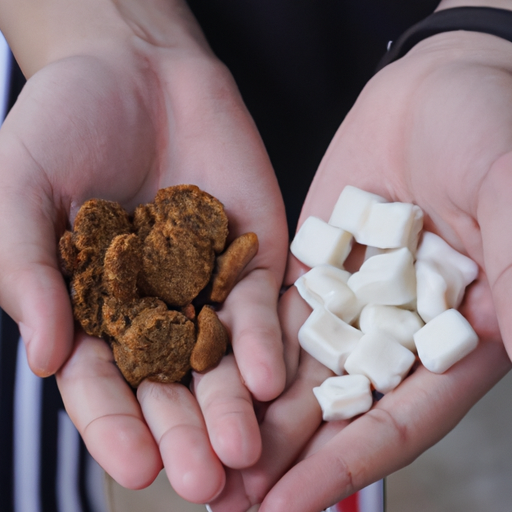If you’re a dog owner, chances are you’ve faced this predicament at least once: your beloved pet is refusing to eat. It’s a heart-wrenching scenario, especially for a caregiver like you who wants nothing but the best for your furry companion.
H2: Understanding Why Your Dog Won’t Eat
First, let’s delve into the reasons why your dog isn’t eating. It could be anything from a minor issue like a change in their environment to a more serious health concern.
- Health Issues: Dogs, like humans, may lose their appetite due to illness. If your dog refuses to eat for more than a day, it’s advisable to consult a vet.
- Dental Problems: Dogs can suffer from oral problems that make eating painful. Look out for symptoms like drooling, pawing at the mouth, or difficulty chewing.
- Stress or Anxiety: Changes in their environment or routine can lead to stress or anxiety, which can affect their appetite.
Understanding the root cause is crucial before you try to address the problem.
H2: High-Quality Commercial Dog Food
Once you rule out any serious health issues, the next step is to assess your dog’s diet. Not all dog food is created equal.
| Brand | Protein | Fat | Fiber |
|---|---|---|---|
| Brand A | 25% | 12% | 4% |
| Brand B | 24% | 14% | 5% |
| Brand C | 26% | 14% | 3.5% |
As you can see, different brands offer varying amounts of protein, fat, and fiber. Your dog might simply not like the taste of their current food, or it might not be meeting their nutritional needs.
H2: Homemade Dog Food Options
If commercial dog food isn’t working, you may consider preparing homemade meals for your pet. Here are some options:
- Chicken and Rice: This is a simple, easily digestible meal that is gentle on your dog’s stomach. Remember to remove all bones and skin from the chicken.
- Pumpkin: Pumpkin is high in fiber and can help regulate your dog’s digestive system. It’s also naturally sweet, which most dogs find appealing.
H2: The Role of Exercise in Stimulating Appetite
Just like in humans, physical activity can stimulate a dog’s appetite. Regular exercise can help your dog work up an appetite and also reduce stress and anxiety.
H2: Using Treats and Supplements
If your dog is still refusing to eat, you might consider incorporating treats and supplements into their diet. However, remember that these are not substitutes for a balanced meal, but rather a tool to pique their interest in food.
FAQ
Q: How long can a dog go without eating?
A: Generally, a healthy dog can go up to five days without eating. However, if your dog refuses to eat for more than a day, it’s best to consult a vet.
Q: Can I give my dog human food if they refuse to eat dog food?
A: While some human foods are safe for dogs, others can be toxic. Always research or consult a vet before giving your dog human food.
Q: My dog is drinking water but not eating. Is this normal?
A: While it’s a good sign that your dog is staying hydrated, not eating is still a concern. It’s best to get them checked by a vet.
Remember, a caregiver’s love and concern can do wonders for a pet’s well-being. With the right approach and a little patience, you’ll find a solution that works for both you and your furry friend.



